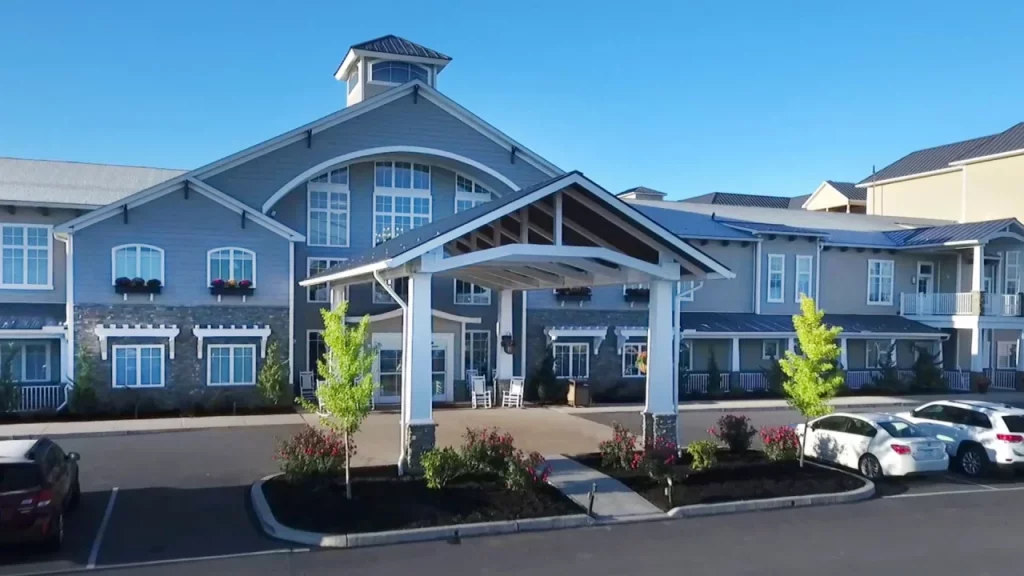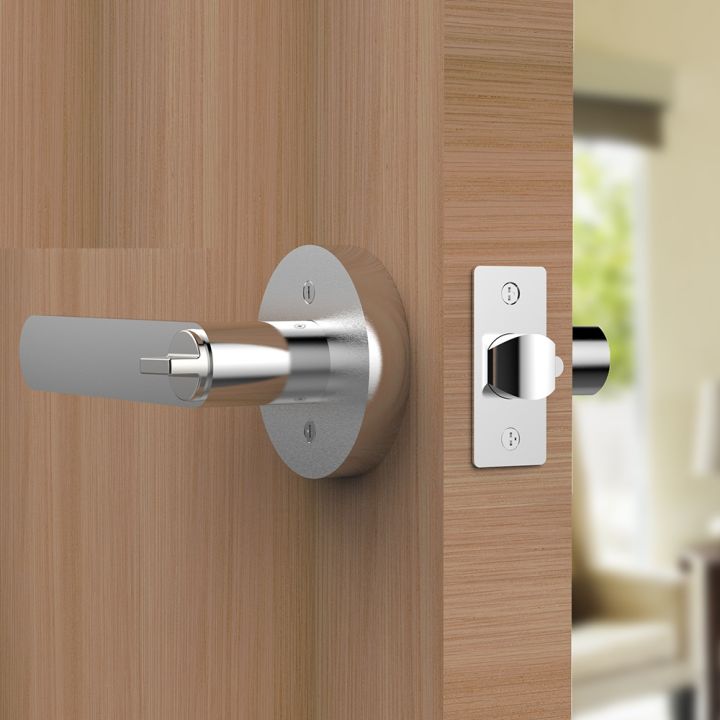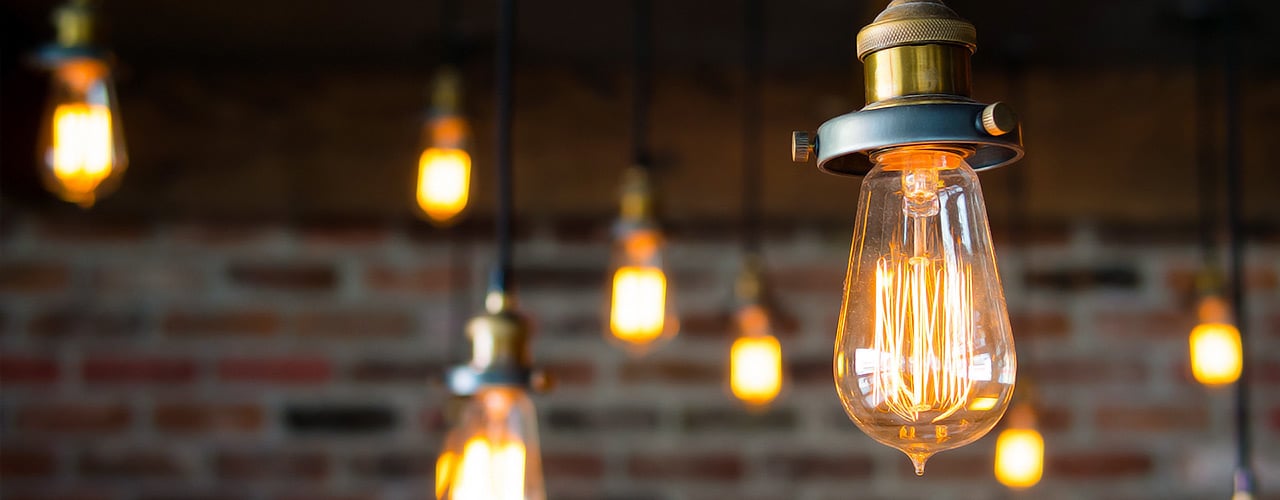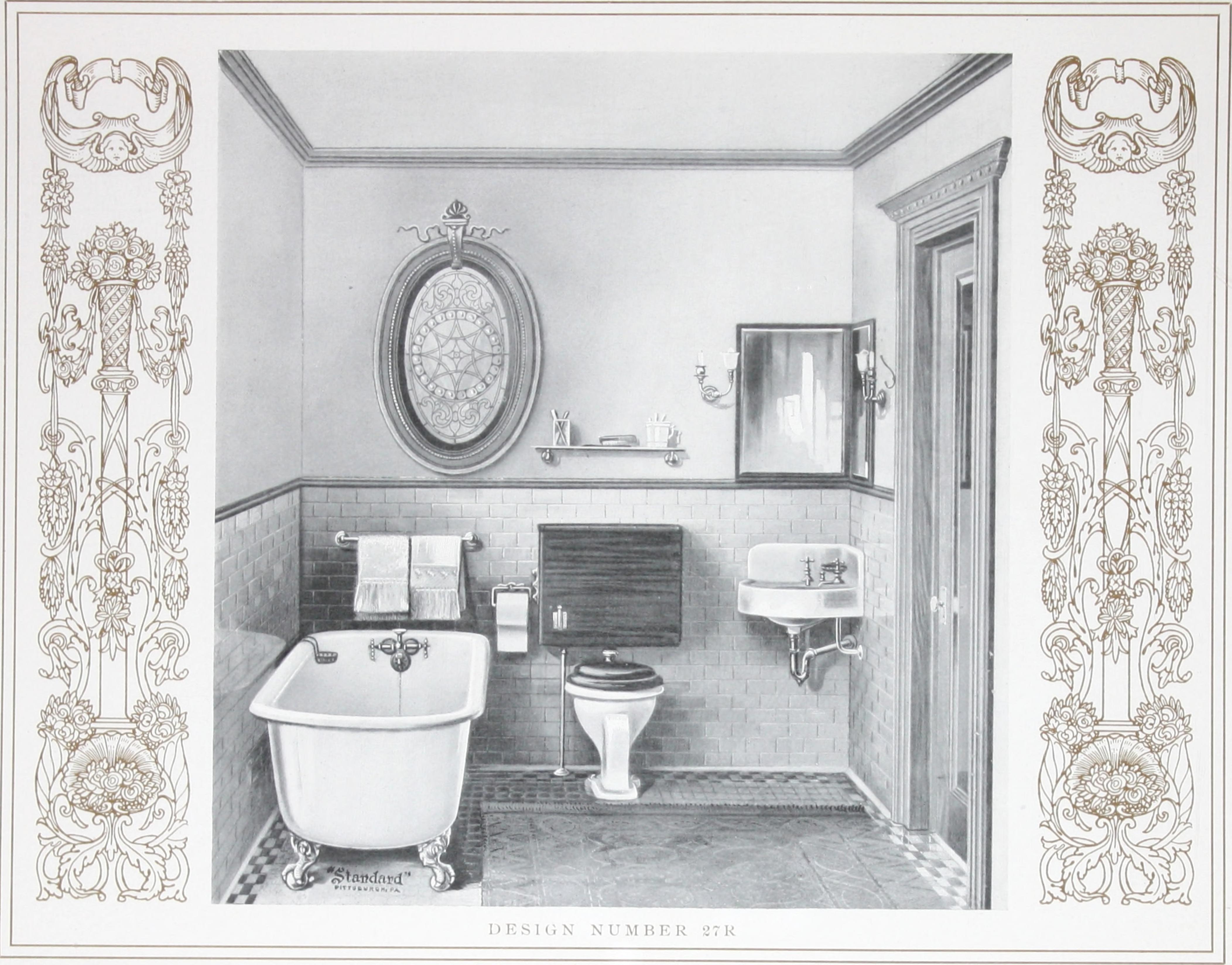
As we age, our homes can become less accommodating to our needs. Stairs, narrow doorways, and poorly lit areas can pose serious safety risks to seniors, while high-pile carpets and hard, slippery surfaces can make mobility more challenging. But with a few simple adjustments, you can create an elder-friendly home that promotes safety, comfort, and independence for yourself or your loved ones.
Choose Door Levers over Doorknobs

One simple modification you can make is to use door levers instead of doorknobs. Door levers are more accessible for older adults and easier to use if your hands are wet or carrying something with both hands. With a door lever, you can even use your arm to open the door. This small change can make a big difference in promoting independence and reducing the risk of falls.
Proper Lighting

Proper lighting is another important consideration for an elder-friendly home. Poorly lit areas can make it difficult to navigate the home, and can increase the risk of falls. However, overly bright or glaring lights can also affect mobility for seniors. To strike the right balance, aim for ample but not glaring lighting, with a colour temperature between 2700 and 3000 and a colour rendering index of 100.
Consider using large rocker-type light switches that are easy and convenient to use, especially if you have arthritis or limited mobility. Two-way switches can be particularly helpful in bedrooms, allowing you to turn the lights on when entering the room and off from the bedside. These simple adjustments can help create a more comfortable and accessible home.
Flooring
:max_bytes(150000):strip_icc()/vinyl-flooring-materials-1314764_0415-2c0ef9712d7e4e8e838acb34399df52a.jpg)
Flooring is another key element to consider in an elder-friendly home. Soft and smooth surfaces like cork, rubber, and linoleum are gentle on joints and won’t pose a trip hazard like high-pile or excessively padded carpets can. If you do choose to have carpeting, make sure it’s low-pile and securely installed to avoid trip hazards.
Eliminating trip points like thresholds wherever possible, or reducing their height, is also important. Small changes in flooring height can be a major obstacle for someone with limited mobility, so consider options like sloping the floor or using transition strips to create a smooth, seamless transition between rooms.
In the Bathroom

The bathroom can be a particularly dangerous area for seniors, with its hard surfaces, slippery floors, and often awkward layout. To make the bathroom more elder-friendly, consider installing an adjustable-height showerhead with a handheld wand. This can extend one’s ability to bathe independently and promote a sense of dignity and emotional well-being.
Grab bars are another important feature to consider in the bathroom. Installing grab bars by the toilet and in the shower or bathtub can provide additional support and stability when needed. If someone does fall, they can grip the grab bar to avoid serious injury.
Steps at Main Entrance

The main entrance of the home should be designed to accommodate individuals with mobility limitations. Whenever possible, design your house with no steps at the main entrance. The door opening and hallway width should be at least 3.5 feet wide to allow for easy wheelchair movement. A well-lit entrance with a bench nearby can also be useful for individuals who may need to take a break while unlocking the door or removing their shoes.
Additional Tips
There are many other adjustments you can make to create an elder-friendly home. For example, consider installing easy-to-reach electrical outlets and light switches, which can be particularly helpful for those with limited mobility. Make sure that any furniture you choose is comfortable and easy to get in and out of. Additionally, try to keep walkways clear of clutter and obstacles to reduce the risk of falls.
Designing an elder-friendly home requires careful consideration of their unique needs and challenges. From the entryway to the bathroom and everything in between, there are various design elements to consider that can make life easier and safer for older adults. By choosing door levers over doorknobs, proper lighting, large rocker-type light switches, and two-way switches, you can make your home more accessible and convenient for everyone. Soft and smooth flooring surfaces, as well as the elimination of trip hazards like thresholds, can prevent falls and injuries. Grab bars, adjustable-height showerheads, and handheld wands can make bathing safer and more comfortable. And, by eliminating steps and providing ample lighting and seating at the entrance, you can ensure easy and safe access for everyone.
Ultimately, an elder-friendly home isn’t just about making life easier for seniors—it’s about creating a space where they can age with grace, comfort, and dignity. With the right design elements in place, you can ensure that your loved ones can enjoy their golden years without worrying about the challenges that come with aging.

Gut Health for Yoginis: Enhancing Your Practice with Fiber and Ancestral Nutritions Fibre Clenz
Share on facebook Facebook Share on twitter Twitter Share on linkedin LinkedIn Share on facebook Facebook Share on pinterest Pinterest Share on telegram Telegram Share
A Pillar of Strength in Golden Years: 10 Paths on How Regular Screenings Uphold Your Health
In the evocative voyage of life, the golden years emerge as a time to relish the fruits of decades of labor, to bask in the
Unlock the Secret to Sweet Dreams: 10 Ways of Enhancing Sleep Quality as You Age
Share on facebook Facebook Share on twitter Twitter Share on linkedin LinkedIn Share on pinterest Pinterest Share on telegram Telegram Share on whatsapp WhatsApp Share
Building Bridges, Not Walls: 10 Methods of Mastering the Art of Cultivating Social Connections in the Golden Years
Share on facebook Facebook Share on twitter Twitter Share on linkedin LinkedIn Share on telegram Telegram Share on whatsapp WhatsApp Share on email Email Share
Navigating the Golden Years: 10 Ways to Achieve Emotional Wellness and Conquering Loneliness
Share on facebook Facebook Share on twitter Twitter Share on linkedin LinkedIn Share on pinterest Pinterest Share on telegram Telegram Share on whatsapp WhatsApp Share
Stay Brainy in Your Golden Years: 10 Fun Activities to Keep Your Mind Sharp and Engaged!
Hello, brain buffs! Aging might be inevitable, but letting our minds turn to mush? No way, José! Time to boot up those brain cells and